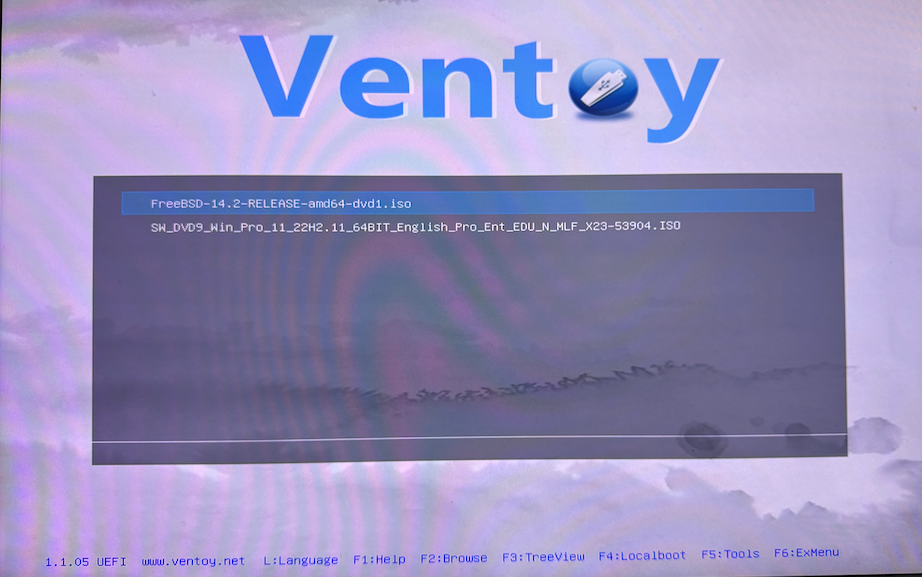I need to install a chunky Windows application (90GB download, +250 GB install), but all my Windows VMs are pretty small, so I decided to use a spare Dell OptiPlex 7090. It had Windows 10 installed, but it was pretty messy from the previous use, so I decided to install Windows 11. I had a Windows 11 ISO on hand, so I wrote that to a USB memory stick using the Raspberry Pi Imaging tool (effectively dd in this use case). The machine booted without issue, but the installation failed, citing “A media driver your computer needs is missing”. This error looked familiar: a mass storage driver was missing. I often see this in QEMU or similar situations, and it’s also common on server hardware. However, pressing Shift-F10 and opening diskpart showed all my storage.
It’s been a while since I installed Windows on real hardware. Mostly, I use QEMU and an ISO and an autounattend.xml or PXE boot with Windows Deployment Services and Microsoft Deployment Toolkit. It seems that some time ago, the ISO files that Microsoft publish started to contain files that were larger than the standard allows, and thus, the dd approach to creating an image no longer works.
Microsoft produces a USB creation tool, but I couldn’t see how to tell it to use the ISO file that I already had! This happily led me to Ventoy. The tool installs a small bootloader (~30M) on the memory stick and formats the rest as an exFAT partition. Copy your ISO file(s) to the exFAT partition, and boot the machine from the memory stick. You are then presented with a simple menu allowing you to boot from any of the ISO files. I couldn’t help myself, I had to try to see if another OS would work too!
